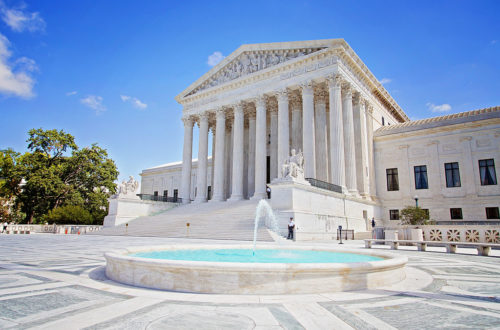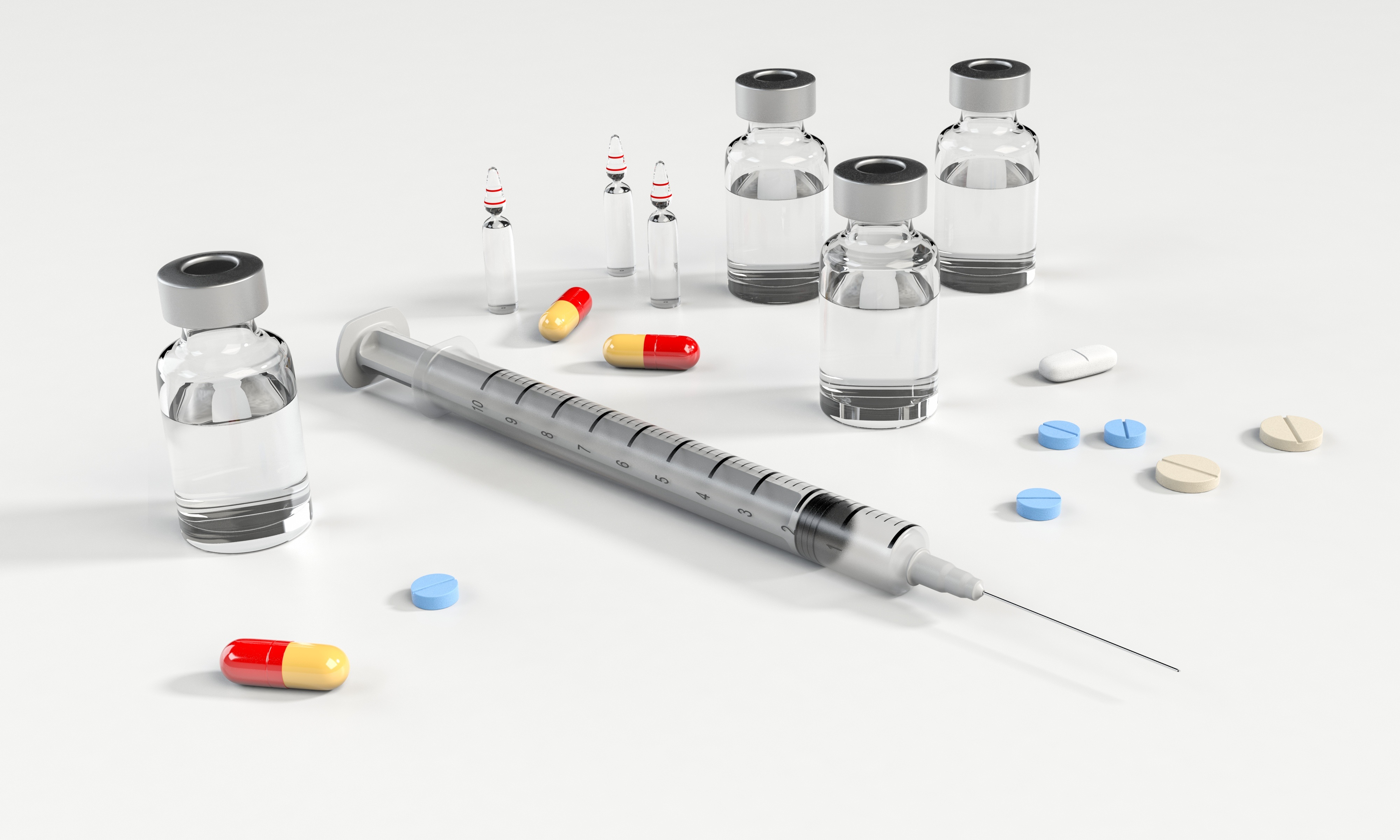On 28 Feb 2022, China’s Supreme People’s Court (SPC) issued its annual “Judgment Digests”, which includes a list of “48 typical cases” highlighting representative SPC decisions in 2021. The Judgment Digests help us understand more about the SPC’s judicial ideology, trial concepts, and adjudication methods in dealing with difficult and sophisticated legal issues as well as new types of IP cases in high tech fields.
This case was one of the 48 “typical” cases and deals with how to determine infringement for claims covering biological deposits [1].
Case Background summary
FengKe (上海丰科生物科技股份有限公司) is a Shanghai company owning a patent (201310030601.2) claiming a particular white mushroom fungal strain. The patent only has one claim, which claims a fungal strain defined by a particular deposit number.
FengKe sued Lu Sheng Peng Yuan (天津绿圣蓬源农业科技开发有限公司, from hereon “LuSheng”) and Hong Bin (天津鸿滨禾盛农业技术开发有限公司, from hereonafter “HongBin”) for joint infringement. LuSheng had manufactured and sold the alleged infringing product, and the two parties had agreed that LuSheng could use Hong Bin’s trademark.
The First Instance Court (Beijing IP Court) found that both parties were jointly liable for patent infringement. They issued a damage award of $1 million RMB each for the two defendants ($2 million RMB total). Both parties appealed, and the Supreme IP court of the SPC (the “IPC”) was left with the following three main disputes to adjudicate:
3 Main Disputes
1. Does the allegedly infringing product fall within the scope of the patent?
2. Did LuSheng and HongBin commit joint infringement?
3. Was the original damage award appropriate?
1. Does the allegedly infringing product fall within the scope of involved patent?
How should the Court determine infringement of a claim defined only by a deposit number? Does the infringing product have to be the same species (from a taxonomy perspective)? Or actually the exact same strain? And if the same strain, does the alleged infringing mushroom and the deposited mushroom have to be genetically identical based on whole genome sequencing?
After considering a number of factors, the Court decided to use the “strain” level, thus asking the question: are the alleged infringing product and the fungal strain in claim 1 the same strain?
The Court’s reasoning was that the patent specification already taught how to identify the claimed fungal strain. Specifically, a molecular marker technique called SCAR[2] could be used to obtain a “strain-specific” marker for the novel strain. The court focused on a 975 bp fragment that served as a detection marker for the strain. Although the Appellant argued that whole genome sequencing was needed to prove that the two strains were “the same”, the Court disagreed, pointing out that the patent specification provided evidence showing that the 975bp is strain specific. Furthermore, appellants did not provide counterevidence to show this fragment is not strain specific.
In summary, the Court ruled that there was no need to do a full genome sequence to prove that the two were the same strain. Instead, a combination of results from unique detection marker (975 bp fragment) by SCAR, morphological analyses (substantially the same), and ITS rDNA gene sequencing analysis (99.9% homology), were sufficient to identify the alleged infringing strain.
2. Did LuSheng and HongBin commit joint infringement?
Fengke had sued LuSheng and HongBin jointly for this infringement act. However, Hongbin argued that it never manufactured the infringing article nor knew about the infringing use. Instead, LuSheng “borrowed” Hong Bin’s trademark, which Hong Bin’s never authorized in writing. LuSheng solely manufactured and sold the infringing product. There should be no joint liability, especially not one where they are equally liable (for $1 million RMB each!).
The Court disagreed. Although Hongbin did not manufacture or sell the product, Hongbin is still liable for patent infringement because Hongbin is the TM owner and there is an associated relationship with LuSheng. The Court affirmed that Hongbin and Lusheng jointly carried out the act of manufacturing and selling the allegedly infringing products.
3. Is the amount of compensation in the original judgment appropriate?
The 1st instance court (Bejing IP Court) ordered Lusheng and Hongbin to compensate Fengke 1 million RMB (+ 84,175 RMB reasonable expenses) each. The Appellants argued that the amount exceeded the statutory compensation limit (which should be $1 million jointly) and thus the 1st Instance Court applied the law incorrectly.
In this case, neither side provided evidence of actual loss / actual gain. Instead, Fengke submitted evidence (e.g., newspaper articles) showing that the appellants had a daily mushroom production of ~20 tons, equalling a yearly production valued at 60 million RMB. Neither Lusheng nor Hongbin provided any counterevidence (e.g., financial records) to prove that their actual profits were less than the $1 million RMB determined by 1st Instance Court. Accordingly, the IPC concluded that the actual damage amount clearly exceeded the maximum statutory compensation limit of 1 million RMB.
Decision:
The appeal was rejected and the original verdict was upheld by IPC. The IPC indicated that although the 1st instance court applied the law incorrectly, the larger compensation amount ($2 million RMB in total) was reasonable after consideration of the various factors.
LuSheng and Hongbin shall each compensate Fengke 1 million RMB for the loss, and 84,175 RMB for the reasonable expenses associated with stopping the infringement act.
Our Thoughts
Prior to this case, life science companies may have wondered whether patent claims defined solely by a biological deposit were enforceable in China. This is the very first patent civil case on this matter, and it firmly demonstrates that patent claims defined only by biological deposits are enforceable in China.
We are quite encouraged by the depth of analysis and overall decisions in this case. The Court clarified how to determine infringement for claims that only recite a deposit number. It further discussed how to select identification methods for patent infringement on biological strains, which has important significance for the field. Having clear guidance on determining infringement is crucial. After all, such “living” biological products are easy for infringers to purchase and directly replicate. This case gives comfort to patentees with such types of narrow claims, confirming that patent claims defined solely by biological deposits can still be protected and are enforceable in China.
The Court was strongly influenced by the teachings in the specification on how to determine infringement. A good drafting tip to take away from this is to always include clear language on different ways to identify infringing strains. In this case, even though the claim itself was not defined by the 975 bp fragment nor by a particular genome sequence, the Court still relied on the specification and ultimately “expanded” the biological deposit claim beyond the exact (full genome) sequence of the desposited strain.
We think the decision upholding the joint infringement decision should be a warning sign for those who license out their trademarks to other manufacturers. Trademark owners cannot plead innocence just because they did not commit any direct infringing acts. Because the two sides had an apparent relationship, they are seen to be “acting jointly”. When contracting with a manufacturer, it’s best for trademark owners to do some due diligence, or at a minimum ask for assurances and indemnification from the manufacturer at the contracting stage.
We also note that although the First Instance Court applied the law incorrectly[3], the IPC was still willing to uphold the higher damage award, largely due to publicly available sales evidence that the patent owner provided. Because there is no discovery in China, it is much more difficult to obtain financial figures from an opposing party. In this case, it is encouraging to know that the Court honored the use of such other public information to demonstrate profits. Furthermore, we think the IPC was really trying to honour principals of fairness and wanted to compensate Fengke accordingly.
If you are interested in more details of this case, including the details of the 975bp fragment recited in the specification or the scope of the single biological deposit claim in the patent, please feel free to contact us.
Eagle IP is a top-tier boutique patent firm with a unique mix of experienced US and Chinese patent professionals with significant cross-border knowledge and experience. Our technically expertise covers wide range of technologies including, but not limited, to life sciences, biotechnology, medicine, and pharmaceuticals. We have years of experiences in drafting and prosecuting life sciences patent applications involving biological deposits, sequence listings, small and large molecules, drug discovery and development, and many others.
Source:
(2020)最高法知民终1602号 – 最高人民法院知识产权法庭 (court.gov.cn)
CN103503780B – New pure white hypsizigus marmoreus strain (Google translated English version)
This article is for general informational purposes only and should not be considered legal advice or a legal opinion on a specific set of facts.
- What are Biological deposits?
Biological materials in general are any materials that carry genetic information and can be self-replicated or can be replicated in biological systems, such as genes, microorganisms, animals and plants. Among these biological materials, bacteria, fungi, viruses, protozoa, algae etc. belong to the category of “microorganisms” (which are not categorized as animals nor plants), under Chinese Patent Law. In brief, if your patent application involves a new biological material (especially microorganisms) that cannot be described in the application in such a manner as to enable the invention to be carried out by a person skilled in the art, the applicant shall deposit a sample of the biological material with a designated depositary institution (under the Budapest Treaty) on or before the filing date (or earliest priority date, if applicable), and submit the required relevant documents and information within specified timeline(s). ↑
Specific Sequence Amplification Marker ↑
two jointly sued parties should not pay double compensation for one single act of infringement ↑
About the Authors

Pauli Wong is a Principal and Chinese Patent Attorney at Eagle IP, a Boutique Patent Firm with offices in Hong Kong, Shenzhen, and Macau.

Jennifer Che, J.D. is Vice President, Principal, and a US Patent Attorney at Eagle IP, a Boutique Patent Firm with offices in Hong Kong, Shenzhen, and Macau.
This article is for general informational purposes only and should not be considered legal advice or a legal opinion on a specific set of facts.





